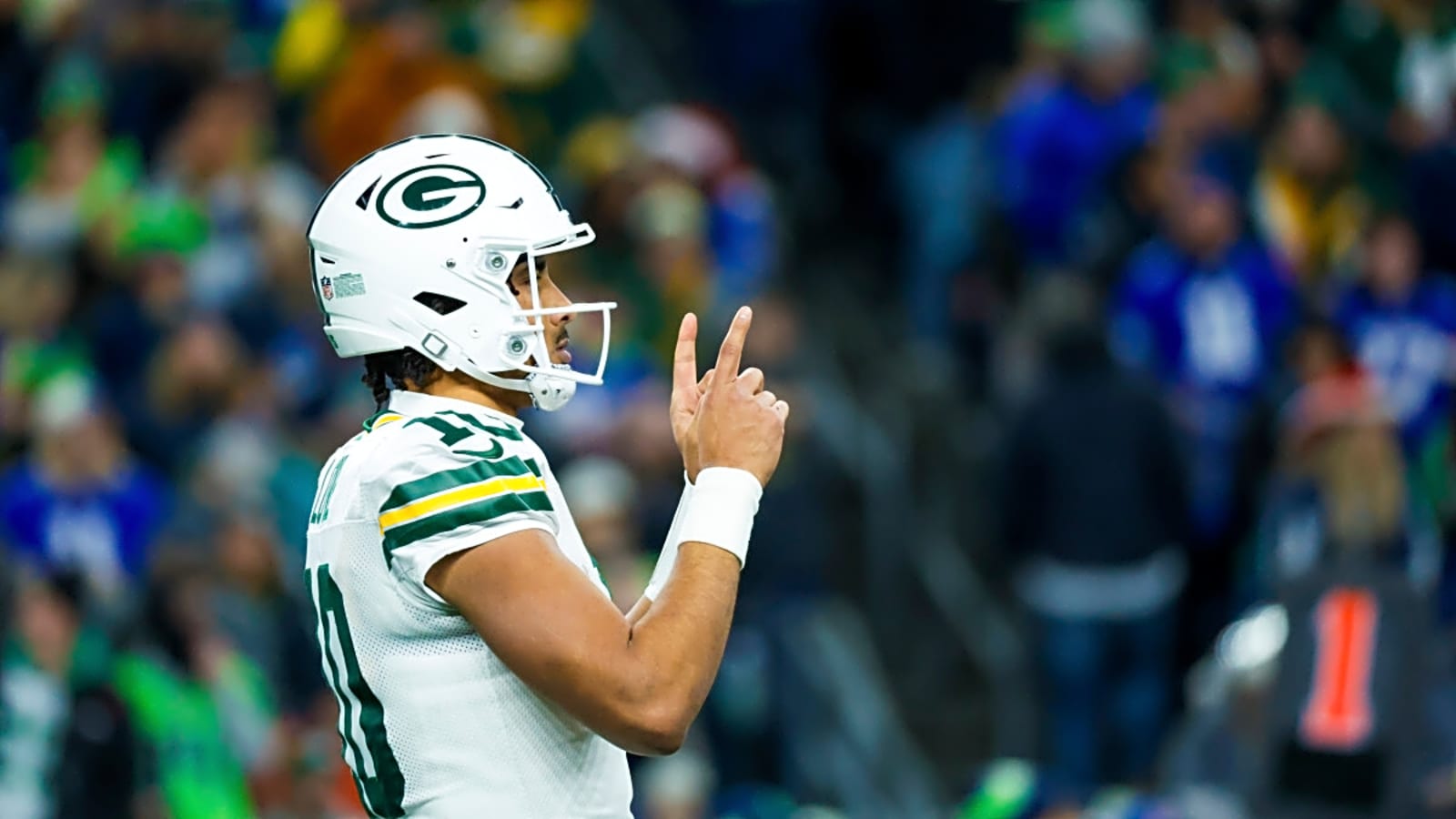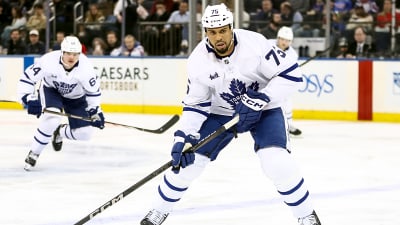
When the Green Bay Packers gave Jordan Love a four-year extension last offseason, the structure of the deal was in line with what the franchise tends to do—despite the natural exceptions of a quarterback contract. A big signing bonus, a smaller amount of money in Year 2, a spike in Year 3, and a huge cap hit in the final year of the deal forcing a new extension. This year, the situation is as comfortable as it will get. Starting in 2026, Green Bay will have some adjustments to execute.
How Jordan Love's contract is structured
Last year, Jordan Love received a big $75 million signing bonus. While he got all that amount upfront, the cap hit is divided throughout the life of the deal—$15 million per year. Love also earned $3.5 million in base salary and $500k in workout bonus, elevating his 2024 cash to $79 million.
The money goes drastically down in 2025, which is normal for Packers' standards. The idea is to keep the cap hit relatively low. Love will only make $13 million this year, with a $29.687 million cap hit.
Creativity to model the deal
In 2026, things start to get trickier. Love's earnings jump from $13 million to $51 million, but most of it comes in the form of an option bonus. This is a tool designed to give the team more cap flexibility, essentially being a predetermined restructure.
If the Packers exercise the option, the bonus will be prorated throughout the rest of the deal, including void years. The $39.5 million bonus will generate a $7.9 million cap hit for each of the following five years. The Packers would also have the possibility of converting most of Love's $10.4 million base salary into a signing bonus as well to create more room, but considering how conservative the team has been to manage the cap, it doesn't seem a likely outcome.
A similar process will happen in 2027, when Jordan Love has a $31.5 million option bonus to be exercised in March. If Green Bay exercises it, the yearly cap hit for five seasons will be $6.3 million. If not exercised, the option becomes part of the base salary, making everything hit in that current year.
Challenges ahead
Considering that the option bonuses will be exercised to create cap space in 2026 and 2027, the Packers will have to manage a tougher situation in 2028, the final year of Love's contract. He is slated to make $45 million, but the cap hit jumps to $74.2 million—and there will be $34.7 million in dead money in 2029.
The most logical option to solve it is a new extension ahead of the 2028 season, lowering Love's cap hit and keeping the past option bonuses prorated.
If the Packers want to be more conservative, they can opt to not exercise Love's option bonuses in 2026 and 2027. That isn't an efficient use of resources, though, because the cap hit would jump to $67.757 million next year and to $59.757 million two years from now. Considering how the cap grows year after year, there's no need to do it.
Outcome
If Jordan Love keeps playing well, it won't be hard for the Packers to keep using creative tools to lower his cap hits and delay the big figures. Eventually, the bills will come due. But in a league where a dollar now is Worth more than a dollar tomorrow because of cap increases, and because it's an isolated instance with a quarterback, Green Bay will still be in a comfortable financial position to build a strong roster.
More must-reads:
- Chiefs sign star offensive lineman to $94 million deal
- Five NFL teams that should be most concerned about second-round pick holdouts
- The 'Total touchdown leaders by NFL season since 2000' quiz
Breaking News
Trending News
Customize Your Newsletter
 +
+
Get the latest news and rumors, customized to your favorite sports and teams. Emailed daily. Always free!








